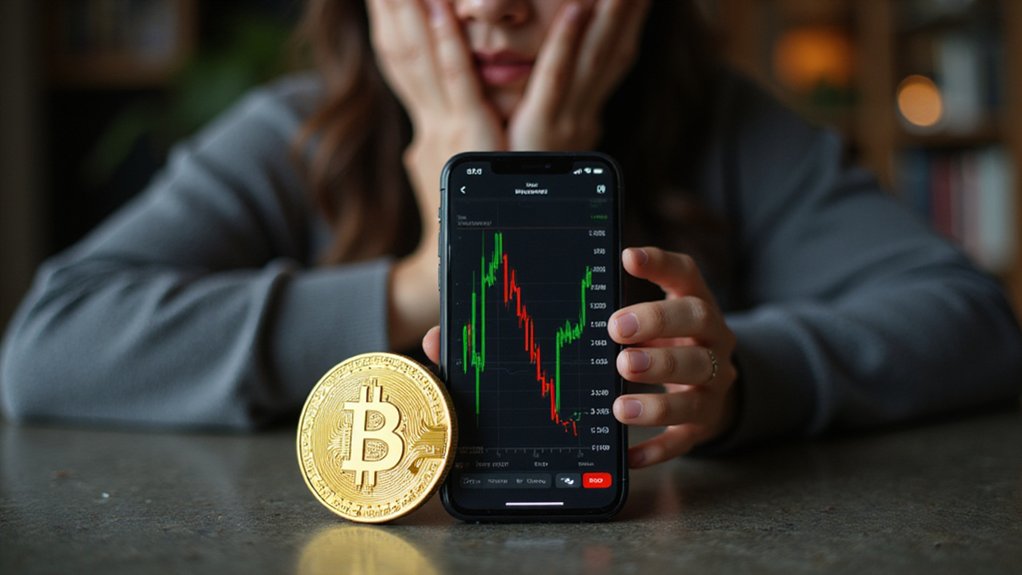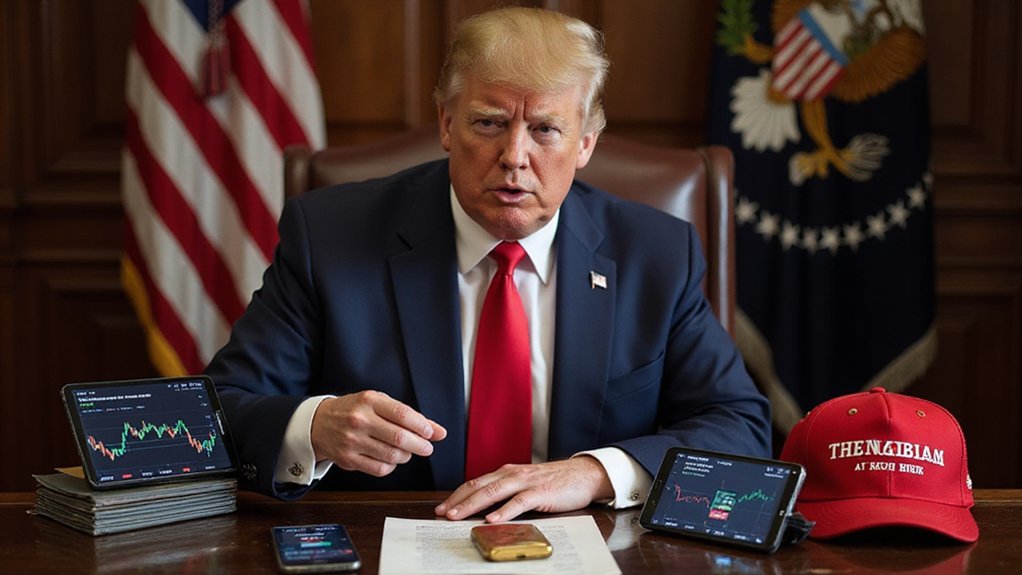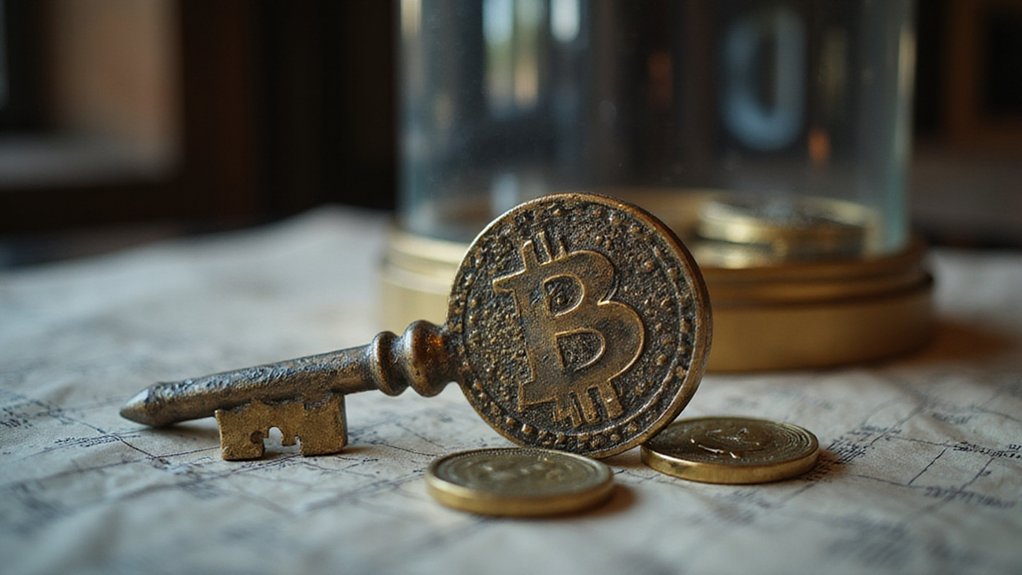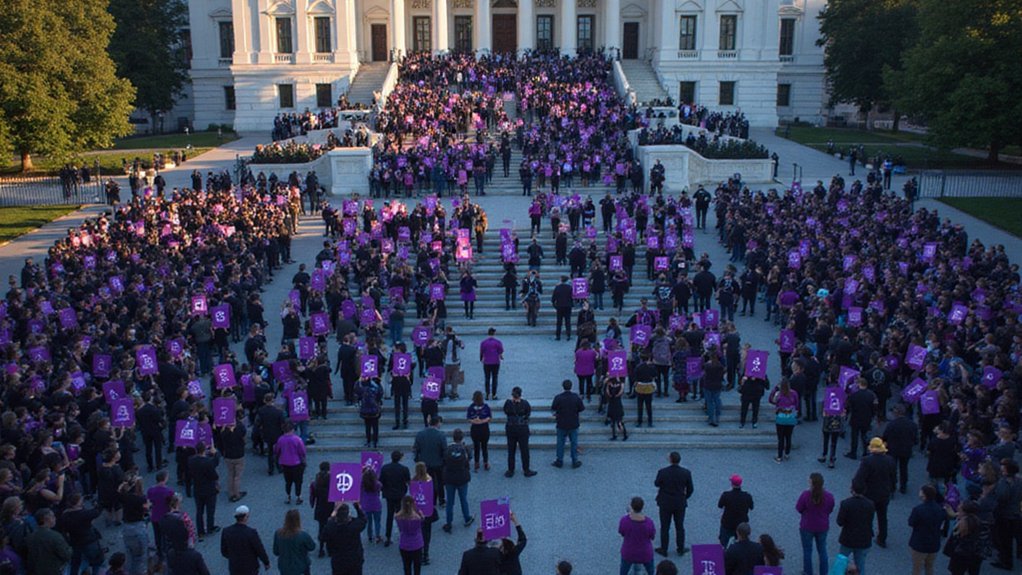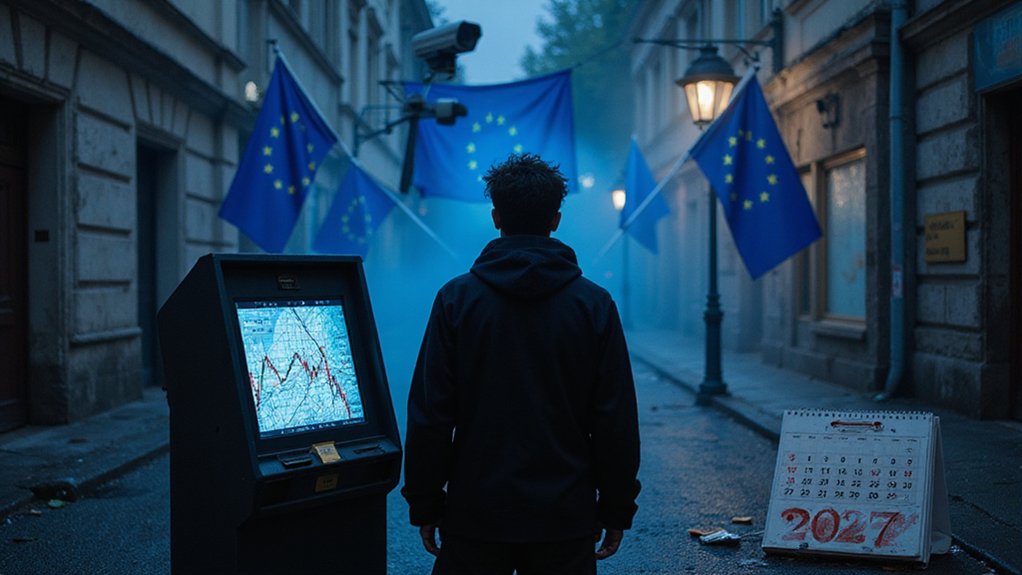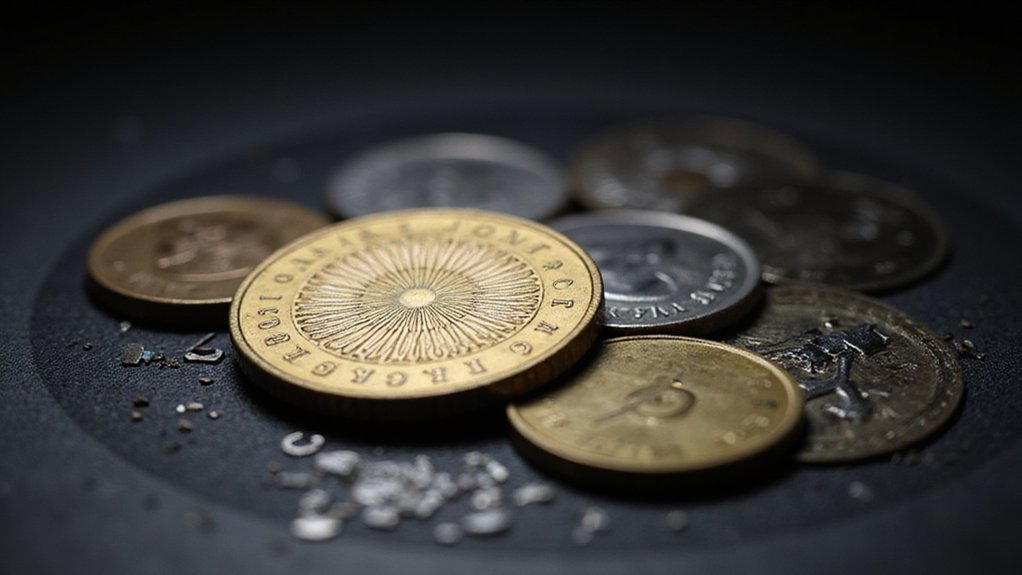While addressing a packed auditorium at the Bitcoin 2025 Conference in Miami, former President Donald Trump revealed his administration’s detailed cryptocurrency strategy, anchored by the establishment of a “Strategic Bitcoin Reserve” that has already sent ripples through global digital asset markets.
The March 6th Executive Order formalized the creation of this digital Fort Knox, centralizing an estimated 207,000 Bitcoin (valued at approximately $17 billion) and other cryptocurrencies held across federal agencies.
Executive Order transforms government-held crypto into America’s digital Fort Knox, consolidating $17 billion in Bitcoin across federal agencies.
The reserve, conceptually similar to America’s stockpiles of gold and petroleum, represents a remarkable volte-face from previous administrative postures.
Trump’s appointment of David Sacks as Crypto and AI Czar signals the seriousness with which the administration approaches this nascent asset class.
Sacks now chairs a Working Group comprised of regulatory heavyweights—including SEC and CFTC chairs—tasked with developing an “enabling framework” for industry growth rather than the enforcement-heavy approach of yesteryear.
Market reaction has been predictably euphoric.
Bitcoin surged post-announcement, with altcoins like Ether, XRP, Solana, and Cardano—all slated for inclusion in the government’s digital coffers—following suit.
The Treasury’s mandate to manage these holdings (without incurring additional taxpayer burden, one might note) has institutional investors reconsidering their allocation strategies.
What remains particularly fascinating is the administration’s insistence that this reserve will bolster national security while establishing American preeminence in the global crypto landscape. The Deploying American Blockchains Act with bipartisan support will further empower the Secretary of Commerce on blockchain development initiatives. The United States has committed to a no-sell policy for all bitcoin deposited into the Strategic Reserve, reinforcing its long-term commitment to this digital asset strategy.
The directive for all agencies to provide a thorough accounting of digital assets within 30 days suggests previous holdings may have been more substantial—or more fragmented—than publicly acknowledged.
Critics have raised eyebrows at potential conflicts of interest, though such concerns seem to dissipate amidst the bullish market sentiment.
As the industry prepares for the Las Vegas Bitcoin Conference, Trump’s digital asset strategy—complete with its “budget neutral” acquisition plans and regulatory overhaul—promises to dominate discussions among attendees and possibly reshape America’s relationship with cryptocurrency for years to come.
The SEC’s Crypto Task Force, led by Commissioner Hester Peirce, is developing industry-specific compliance pathways that will transform how digital asset companies interact with regulators.

